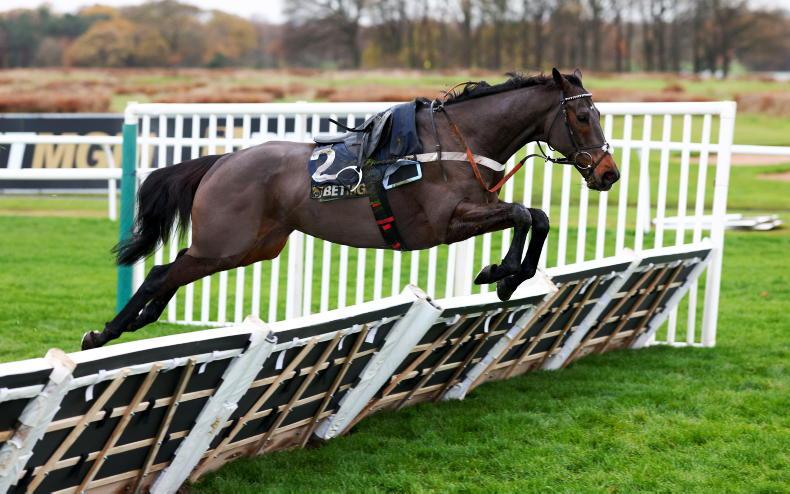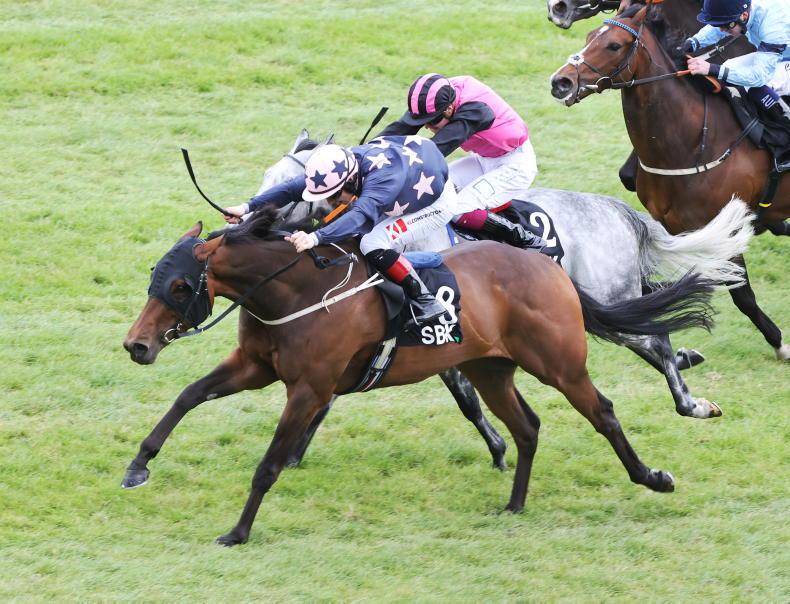THE British Horseracing Authority [BHA] has reported decreases in betting, attendances, prize money and the number of horses in training for the first quarter of 2025.
Richard Wayman, the BHA’s director of racing, said that jump racing had registered an increase in terms of average field sizes at ‘core’ fixtures and that jumps prize money had increased, while flat racing field sizes and prize money were down on the same period last year.
“It was good to see a more competitive period of jump racing than 12 months ago,” Wayman said. “Average field sizes at Jump Core Fixtures grew slightly from 7.85 to 7.93, whilst there was a more significant increase at Jump Premier Fixtures from 9.29 to 9.63. That overall improvement was against a backdrop of there being 42 more jump races staged in Q1 this year, albeit it should also be acknowledged that the very soft ground in the first few months of last year undoubtedly impacted field sizes at that time.
“Conversely, the field sizes on the flat in Q1 have been lower this year, with the average at Core Flat Fixtures falling from 8.82 to 8.62. It is, however, worth remembering that last year’s numbers would have been boosted by the trial of six Sunday evening fixtures, where the relatively high prize money on offer usually resulted in something close to full fields.”
Total betting turnover fell by 9% in the first three months of the year, compared with the same period in 2024. Wayman said: “Whilst there is work to be done on the racing product to grow its appeal as a betting medium, there would be a much wider range of factors contributing to this concerning decline. These include, for example, that improvements in gross wins through Q1 would suggest that results on the racecourse didn’t help turnover levels through this period.”
Noting that the average turnover per race at a core fixture has fallen by 14.4%, whilst at a premier fixture it has remained unchanged, Wayman said: “This suggests changes in the profile of customers betting on racing with some of the larger higher-staking customers either betting less or moving to unlicensed operators where they can avoid the checks that are routinely required within the regulated markets. More encouragingly, we are seeing growth in the number of recreational punters betting on racing. Such customers are more likely to focus on our higher profile fixtures and races, albeit their activity does not make up for the loss of the larger-staking bettors.”
Total attendances fell by slightly more than 16,000 from 682,385 to 666,069. “However, it is worth noting that most of the busy Easter period fell in Q1 in 2024 but not this year, and also that there were slightly fewer fixtures run throughout the quarter,” Wayman said. “A like-for-like comparison with 2023, another year where Easter fell in Q2, shows a marginal increase in overall attendances of just over 1,000 racegoers.”
He added that the reduction in crowds at the Cheltenham Festival of just over 11,000 was also significant.
Overall prize money was down by £1.5m from £33.9m to £32.4m. Over jumps, the total actually increased by £1.5m from £20.9m to £22.4m, albeit there were 42 more jump races run this year. Wayman said that the £3m drop on the flat, from £13m to £10m, could largely be explained by the trial of Sunday evening fixtures (total prize money of £945k), and also the timing of the Good Friday fixtures (the three fixtures staged that day offer a total of £1.7m).
As of March 31st, the number of horses in training in Britain was down by 1.9% compared with the same date in 2024, falling from 15,359 to 15,070.


 This is a subscriber-only article
This is a subscriber-only article
 It looks like you're browsing in private mode
It looks like you're browsing in private mode









SHARING OPTIONS: